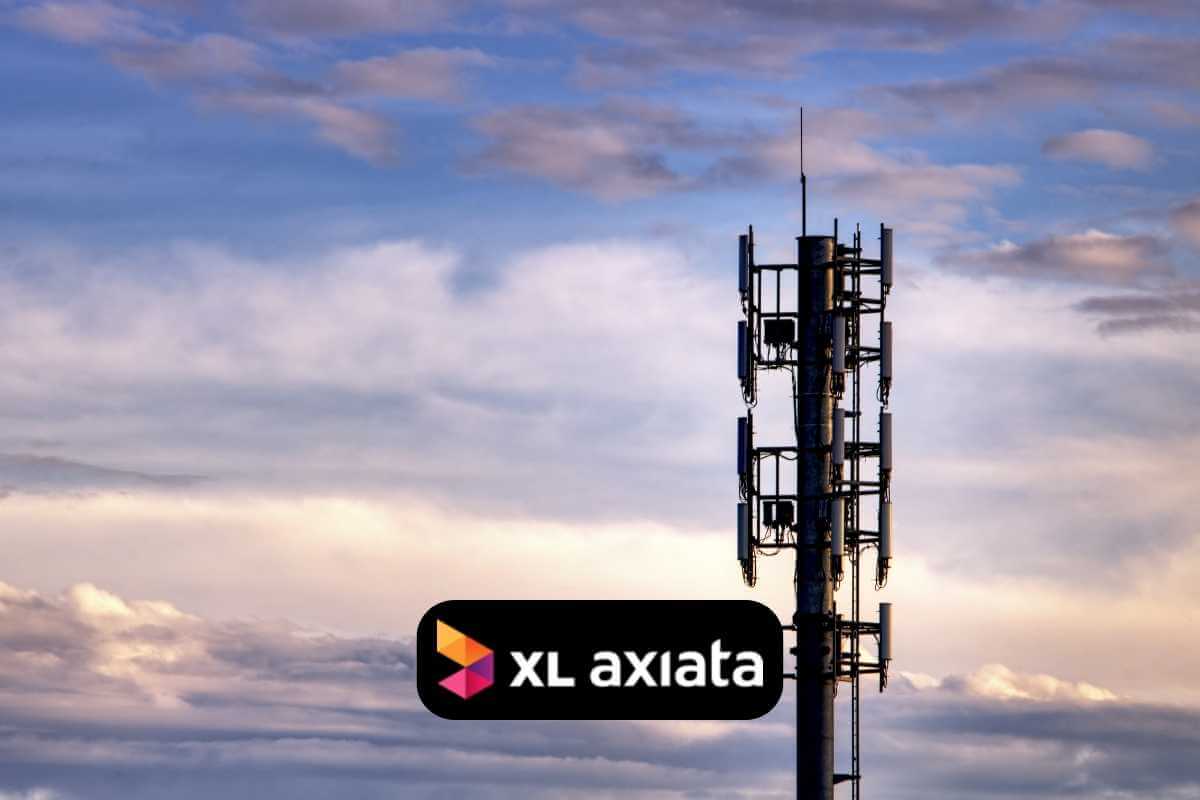
XL Axiata and PLN (Persero) have teamed up to integrate their respective product services and explore the potential to launch sustainable business solutions. With this partnership, both companies will optimise the use of digitalisation and automation with the aim of improving public services and positively impacting their businesses.
Also Read: XL Axiata Expands Fiber to 63 Cities, Introduces FTTR Technology
Smart Metering Implementation
A Memorandum of Understanding (MoU) was signed by both the companies in Jakarta last Friday. XL Axiata stated that through this partnership, it will implement smart metering using Advanced Metering Infrastructure (AMI) and Automatic Meter Reading (AMR), which will make it easier to monitor usage and increase the efficiency of electricity consumption in all XL Axiata BTS towers.
Also Read: XL Axiata and Link Net to Build 1 Million Homes Passed Networks in Indonesia
PLN said, "Through this strategic partnership, PLN will provide support for XL Axiata's network infrastructure through the provision of electricity or PLNization for XL Axiata BTS towers, increasing the accuracy of electricity consumption by providing Advance Metering Infrastructure (AMI), Automatic Meters Reading (AMR), all of which will make it easier for XL Axiata to monitor kWh usage in all XL Axiata BTS towers."
Transformation of Meter Services
According to existing data, 98 percent of XL Axiata BTS towers are connected to the PLN infrastructure network. XL Axiata said it is in the process of transforming its meter services by transitioning to prepaid meter services and upgrading meters using AMI (Advanced Metering Infrastructure) and AMR (Automatic Meter Reading) technologies for postpaid meter services.
Also Read: XL Axiata Drives 4G Network Expansion in East Nusa Tenggara
Expansive 4G Network
XL Axiata noted that to date, its 4G network has served 58 million customers, with service coverage in more than 61,000 villages, 5,700 districts, and 469 regencies in 38 provinces of Indonesia.
The data network spread across the Indonesian archipelago is supported by more than 15,000 BTS, the majority of which are 4G BTS, and a fiber optic backbone network that extends for more than 159,000 kilometers.















